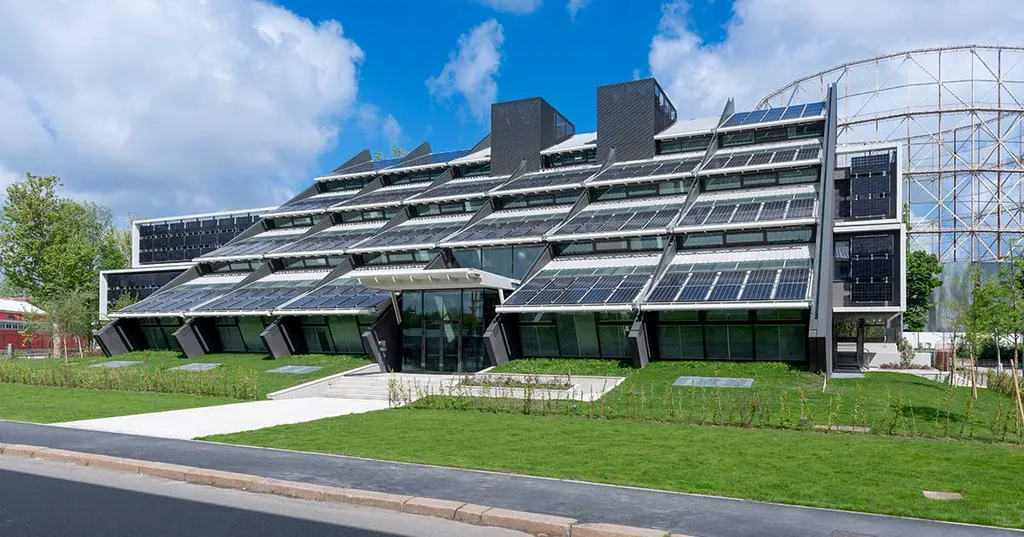In the heart of Milan, a groundbreaking project is redefining how we engage with cultural heritage, and the implications for the energy sector are as promising as they are profound. Led by Francesco Banfi of the Politecnico di Milano’s Department of Architecture, Built Environment and Construction Engineering (ABClab-GICARUS), a novel workflow is being pioneered that integrates Heritage Building Information Modelling (HBIM) with Virtual Reality (VR) and WebVR technologies. This isn’t just about preserving the past; it’s about energizing the future of digital engagement and, potentially, energy-efficient practices.
The project focuses on Villa Arconati, a historic site northwest of Milan, and a Roman statue recently reattributed to Emperor Tiberius. Banfi and his team have combined laser scanning, photogrammetry, and topographic measurements to create a highly accurate HBIM model. This model captures not just the architectural features of the villa but also the statue’s spatial contexts, both in its original outdoor setting and its current indoor display.
The real magic happens when this model is optimized for real-time web performance and transformed into an immersive VR and WebVR application. “We’re not just creating a digital twin,” Banfi explains. “We’re creating an interactive, accessible experience that allows users to explore and interact with historical and contemporary settings through an intuitive interface.” This interface features guided narration and interactive informational hotspots, making the past come alive in a way that’s both engaging and educational.
The project’s comparative analysis of Unreal Engine, Unity, Twinmotion, and PlayCanvas offers a sustainable, resource-efficient solution that balances visual quality, interactivity, and accessibility. This is where the energy sector can take note. The principles of efficient resource use and balanced performance are not just beneficial for cultural heritage projects; they’re crucial for the energy sector’s drive towards sustainability and efficiency.
Banfi’s work, published in ‘The International Archives of the Photogrammetry, Remote Sensing and Spatial Information Sciences’—translated to English as ‘The International Archives of the Photogrammetry, Remote Sensing and Geoinformation Sciences’—demonstrates how accurate digital documentation combined with immersive WebVR can foster inclusive and engaging experiences. For the energy sector, this could mean more efficient digital twins of energy infrastructure, enhanced training simulations, and improved public engagement with energy projects.
The potential for future developments is vast. As Banfi puts it, “This is just the beginning. The integration of HBIM with VR and WebVR technologies opens up new avenues for digital valorisation of cultural heritage and beyond.” For the energy sector, it’s an opportunity to learn from the cultural heritage field and apply these innovative approaches to create more sustainable, efficient, and engaging energy solutions. The future of digital engagement is here, and it’s brighter—and more energy-efficient—than ever before.

